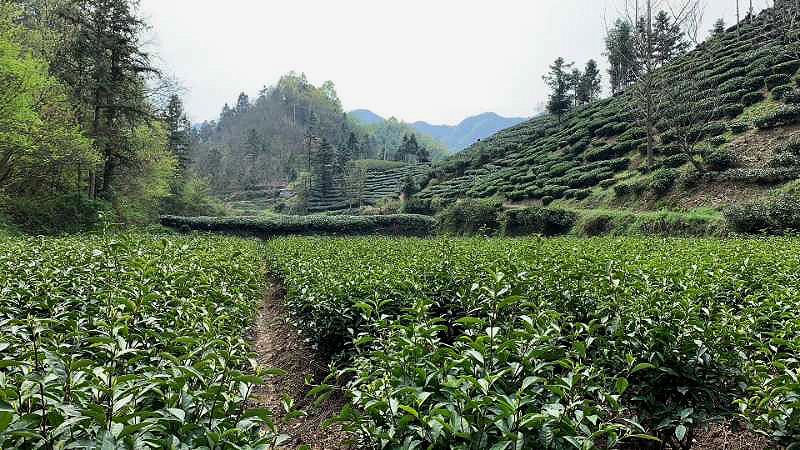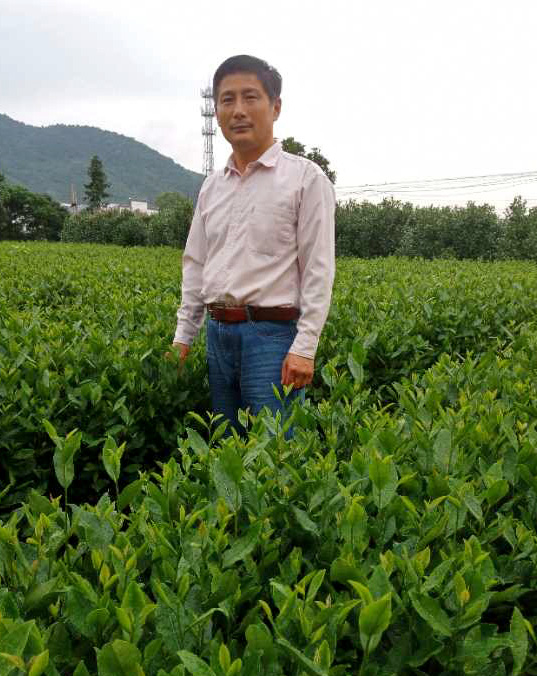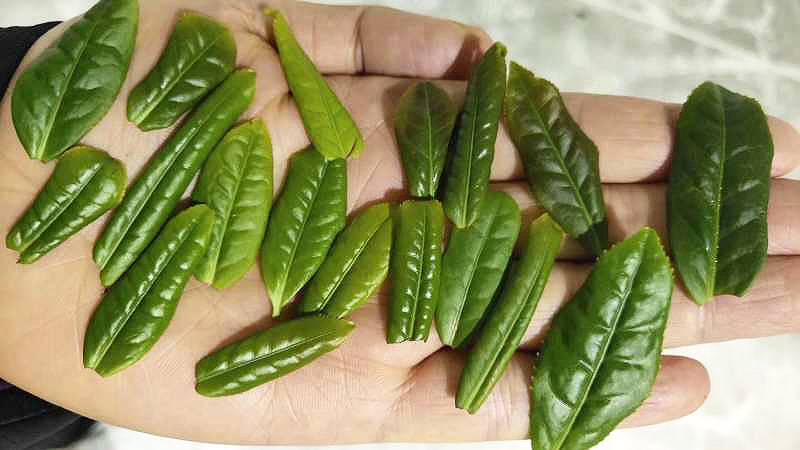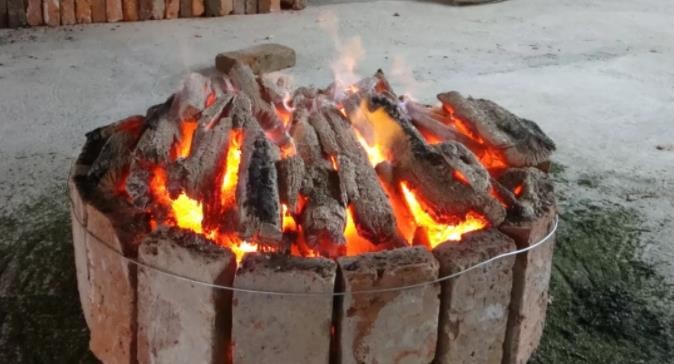

Tea maker Zhang Yonghong, who makes our Lu’an Gua Pian, is doing the important work of preserving the highly unusual plucking standard and processing techniques that make it entirely unique among Chinese green teas.
Since 2010, machine frying has begun to replace Lu’an Gua Pian’s complicated hand-frying and roasting, resulting in a greener and more uniform finished leaf. However, Mr. Zhang did not want to see the old handcrafting methods and the unique tea they create disappear. He sought out old 50-60-year old Anhui tea masters to learn the complex details of every step of Lu’an Gua Pian’s processing. These old tea makers told him that gaining mastery of this traditional art would take him a lifetime of making green tea, but he remains dedicated to refining his craft every year.

Three eccentricities in Lu’an Gua Pian’s production set it apart: its peculiar one-leaf no-bud plucking standard, its wok frying while being tossed with a small grass broom, and its aggressive open-flame roasting.
Unlike most high-end spring teas, which are made with the earliest tea buds and young leaves, Lu’an Gua Pian is made with only the second and/or third leaf, directly removed from the sprig right below the bud when they are approximately thumb-sized. These single-leaf pluckings give it a much different shape than the usual sprig form. Using these slightly more mature leaves creates a fuller and more complex flavor while retaining the character of an early spring tea.

Perhaps the most unusual step of Lu’an Gua Pian’s processing is its open-charcoal roasting, which gives it a much bolder, even toastier flavor. Most charcoal-roasted green teas are roasted much more gently over a charcoal fire smothered with ash to reduce the heat. Traditionally, two people would lift a large bamboo drum filled with freshly fried tea leaves and hold it over the heat for a few seconds before quickly removing it and stirring the leaves. They would repeat this incredibly labor-intensive process 60 to 80 times to finish the tea. Modern producers who still do this type of roasting now use a rolling track to move the basket, saving a great deal of labor.
Learn more about the unique process of making Lu’an Gua Pian.
